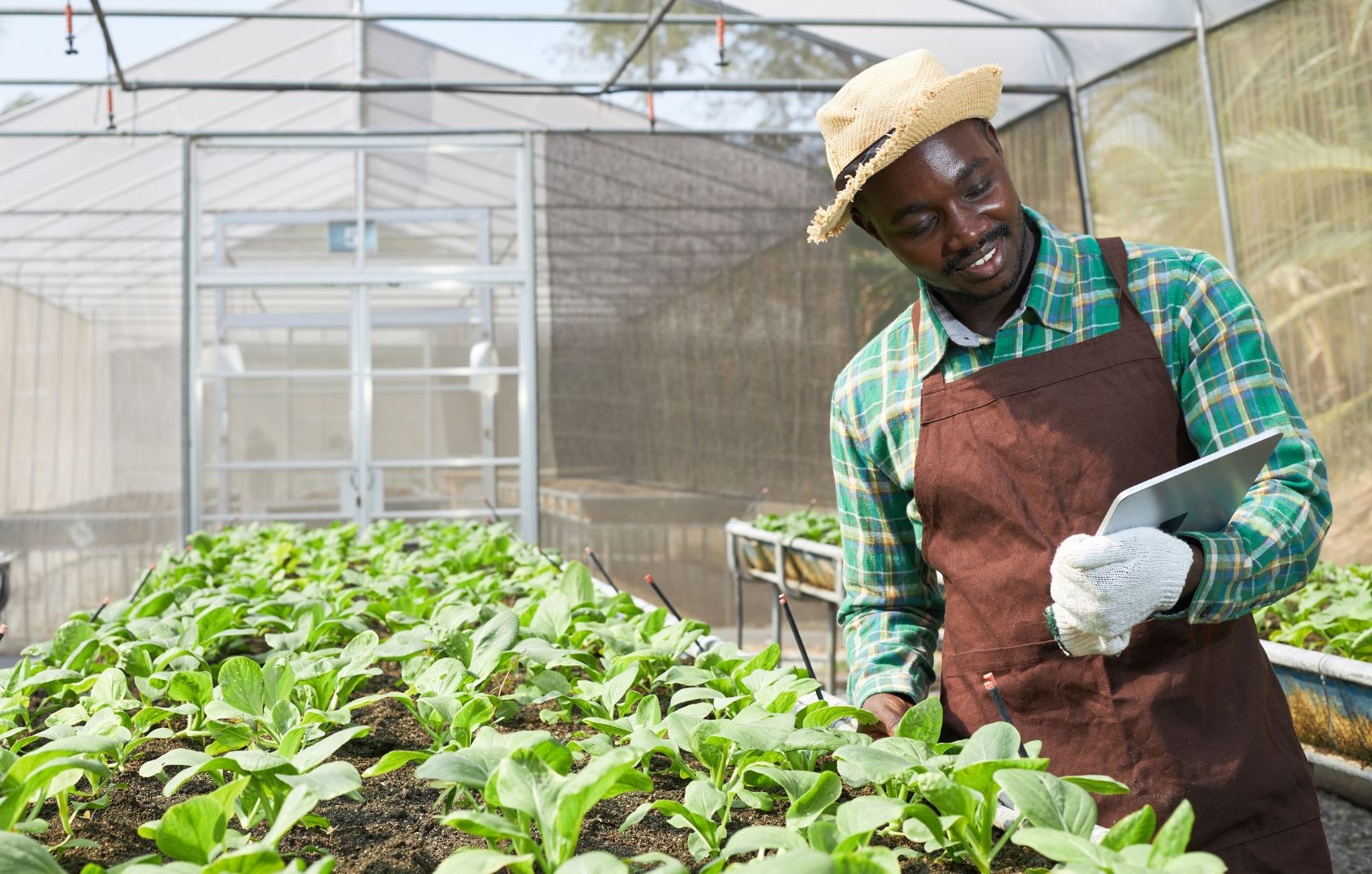The Potential for Combining Hydroponics and Crop Circle Farming with Traditional Practices
Integrating Traditional and Innovative Farming – Hybrid Farming System
Hydroponics and crop circle farming are powerful and sustainable farming techniques on their own, but their integration with traditional practices can lead to even more robust and efficient agricultural systems. By combining the strengths of each approach, farmers can create hybrid farming systems that optimize resource utilization, increase yields, and enhance overall sustainability.
1. Complementary Crop Production
Integrating hydroponics with traditional field farming allows farmers to diversify their crop production. While hydroponics excels in growing certain high-value and fast-growing crops, traditional farming remains essential for staple crops like grains and root vegetables. This complementary approach ensures a steady supply of staple foods while enabling the cultivation of niche or specialty crops through hydroponics.
2. Nutrient Cycling
Crop circle farming, with its emphasis on cover crops and crop residues, contributes to nutrient cycling and organic matter buildup in the soil. This enriched soil can be utilized to improve the performance of hydroponics. The incorporation of organic matter from crop circle farming into hydroponic systems can supplement nutrient solutions and reduce the reliance on synthetic fertilizers, promoting a more sustainable and balanced nutrient management strategy.
3. Water Management
Crop circle farming helps in water conservation by reducing runoff and enhancing soil water retention. By using water-efficient irrigation methods in traditional farming, farmers can further optimize water usage and minimize water wastage. The knowledge of water management acquired from crop circle farming can be applied to hydroponic systems, ensuring efficient water recirculation and reducing water consumption in hydroponics.
4. Climate Resilience
The integration of different farming techniques can enhance a farm’s resilience to climate variations. By diversifying crop production across hydroponics and traditional farming, farmers can better adapt to changing weather patterns. During periods of extreme weather, such as drought or heavy rains, certain crops may perform better in one system compared to the other, providing a buffer against potential losses.
Creating Hybrid Farming Systems for Optimal Results
1. Farm Planning
Careful farm planning is crucial when integrating different farming methods. Assess factors such as available land, water resources, climate conditions, and market demand. Determine which crops are best suited for hydroponics and which are better suited for traditional farming. Plan the layout of hydroponic units and traditional fields to optimize space and resource usage.
2. Crop Selection
Select crops that complement each other in terms of growth requirements and market demand. Certain crops may benefit from hydroponic cultivation due to their high value and quick growth cycle, while others may be more suited for traditional farming. Consider crop rotation and intercropping strategies to enhance soil fertility and pest management.
3. Resource Integration
Incorporate resource recycling and waste management between the two farming systems. Utilize organic waste from crop circle farming, such as crop residues and compost, to enrich the nutrient solutions in hydroponics. Similarly, the nutrient-rich effluent from hydroponic systems can be used to fertilize traditional fields.
4. Training and Knowledge Sharing
Invest in training and capacity-building programs for farmers to understand the principles and practices of both hydroponics and crop circle farming. Encourage knowledge sharing among farmers to exchange experiences and best practices for managing hybrid farming systems effectively.
By integrating traditional and innovative farming methods, farmers can create resilient, resource-efficient, and productive agricultural systems. The synergy between hydroponics and crop circle farming, combined with traditional practices, represents a progressive step towards sustainable agriculture in South Africa. This integration not only enhances food security but also contributes to environmental conservation and the empowerment of local communities in the pursuit of a more sustainable agricultural future.
Challenges of Sustainable Farming in South Africa
Addressing Potential Issues Related to Scaling up Innovative Farming Methods
1. Limited Awareness and Education
As innovative farming methods like hydroponics and crop circle farming are still relatively new in South Africa, one of the primary challenges is the limited awareness and education among farmers. Many farmers may be unfamiliar with these techniques or may lack the necessary technical knowledge to implement them successfully. Addressing this challenge requires extensive outreach programs, training sessions, and workshops to disseminate information about the benefits and best practices of sustainable farming.
2. High Initial Investment
Scaling up hydroponics and crop circle farming can involve significant upfront costs, especially for purchasing equipment, infrastructure, and technical installations. Many smallholder and emerging farmers may find it financially challenging to invest in these innovative systems. Government subsidies, grants, and financial assistance programs can play a crucial role in making these techniques more accessible to a broader range of farmers.
3. Technical Expertise
Implementing and managing innovative farming systems requires technical expertise in areas such as hydroponic nutrient management, greenhouse construction, and conservation agriculture practices. Lack of access to skilled personnel can hinder the adoption and effective utilization of these methods. Training and capacity-building initiatives must be put in place to equip farmers with the required technical know-how.
4. Market Access and Consumer Perception
Successfully scaling up sustainable farming practices relies on the ability to access markets and sell produce at fair prices. Farmers may encounter challenges in convincing consumers of the value and quality of sustainable produce, especially if there is limited awareness about these farming methods. Building consumer trust through certifications, labeling, and marketing efforts is essential for market acceptance.
Mitigating Risks and Ensuring Long-term Viability
1. Pilot Projects and Demonstration Farms
Pilot projects and demonstration farms can serve as testing grounds to assess the feasibility and performance of innovative farming methods in specific regions. These projects allow farmers to gain hands-on experience and witness the benefits before committing to large-scale adoption.
2. Research and Development
Continued research and development are crucial to improving the efficiency and effectiveness of sustainable farming methods. Investing in research can lead to technological advancements, better crop varieties, and innovative solutions to address challenges related to scaling up.
3. Risk Diversification
Incorporating a mix of farming practices, including both traditional and innovative methods, can help diversify risks. This approach allows farmers to hedge against potential challenges and market fluctuations. If one system faces difficulties due to external factors, the other systems can provide support and maintain overall farm productivity.
4. Collaborative Initiatives
Forming partnerships and collaborations with agricultural experts, universities, research institutions, and private organizations can offer valuable support and knowledge exchange. Such alliances can provide access to the latest advancements in sustainable farming and offer guidance on risk management strategies.
5. Policy Support
Strong policy support from the government is essential for the long-term viability of sustainable farming practices. Policies that incentivize sustainable practices provide financial assistance, and create an enabling environment for innovation can encourage farmers to embrace and scale up these methods.
As South Africa moves towards more sustainable agriculture, addressing the challenges of scaling up innovative farming methods is critical. By investing in education, technical expertise, research, and collaborative efforts, the country can foster an agricultural landscape that is not only economically viable but also environmentally responsible, ensuring food security and sustainable livelihoods for generations to come.
References:
- National Development Plan (NDP) https://www.gov.za/issues/national-development-plan-2030
- Comprehensive Agricultural Support Program (CASP) http://www.old.dalrrd.gov.za/Programmes/Comprehensive-Agricultural-Support-Programme
- AgriBEE IT PORTAL http://webapps.daff.gov.za/AgriBEE/
- NAMC | National Agricultural Marketing Council: https://www.namc.co.za/
- https://www.growingtogive.org/south-africa.html
- https://www.nutrientgreen.com/hydroponic-lettuce/
Further reading
How Crop Circle Farming and Hydroponics can help Farmers in South Africa
South African Government Initiatives and Support for Sustainable Agricultural Practices
Best Practices for Successful Hydroponics and Crop Circle Farming
The Potential for Combining Hydroponics and Crop Circle Farming with Traditional Practices










































































